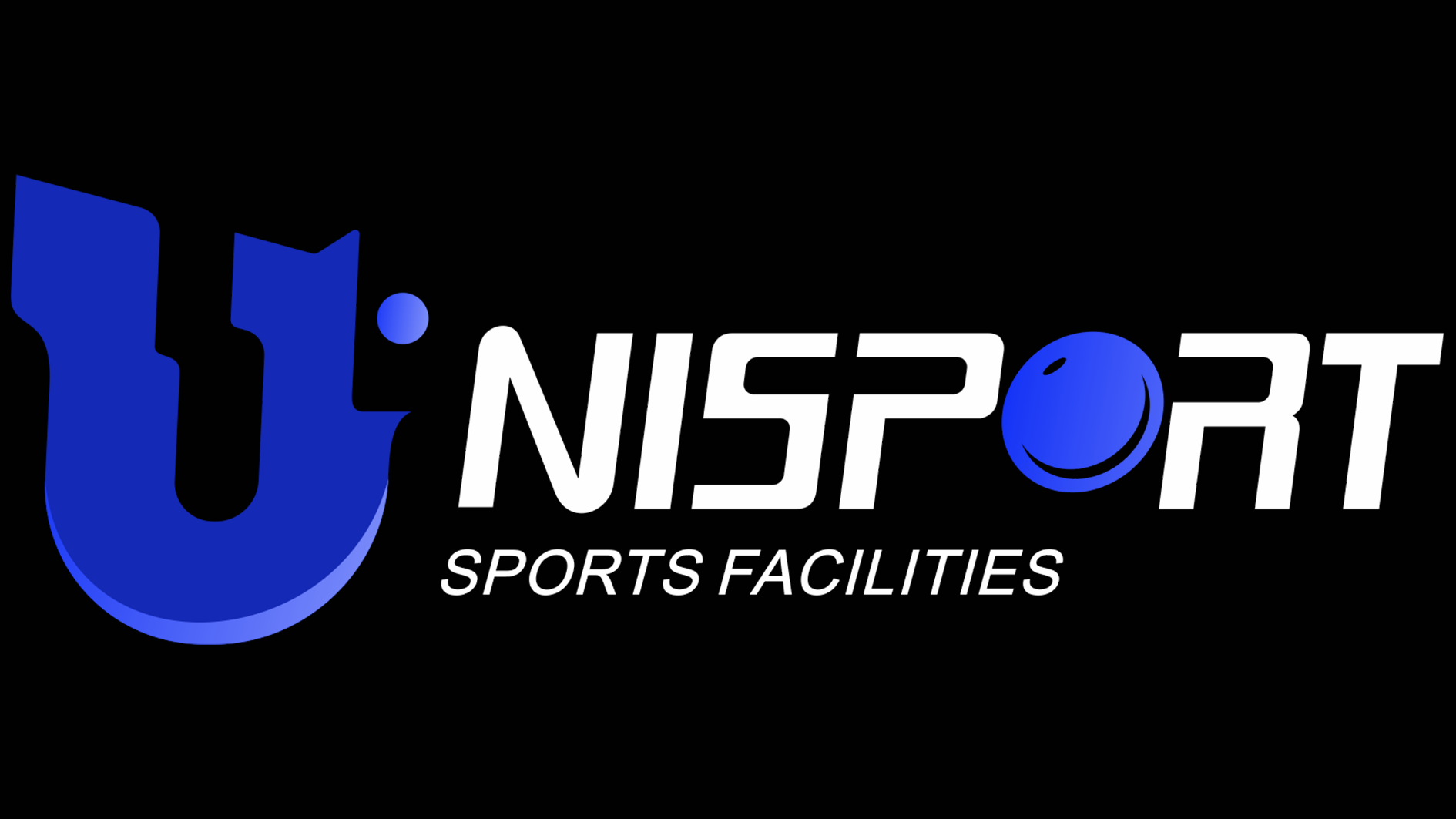Badminton
Frequently Asked Questions
Easy to install and maintain: Our flooring materials are simple in design, quick to install, and easy to maintain, saving customers time and costs.
Diversified choices: In addition to PVC floor materials, we also provide high-quality wooden floors to meet the needs of different customers.
Our badminton floor materials have been exported to many countries around the world and have won wide recognition and praise:
Why choose GZUNISPORT badminton floor material?
As the best badminton floor material supplier in China, GZUNISPORT has been focusing on providing high-quality PVC (Vinyl) floor materials to global customers. Our products are the best choice for indoor sports flooring and are widely used in basketball, badminton, volleyball and other sports. Additionally, our materials are easy to install and maintain, making them a favorite among our customers.

Professional quality: We provide high-quality PVC (Vinyl) floor materials, suitable for various indoor sports venues, including basketball, badminton and volleyball, etc.
Versatile use: Our materials are not only suitable for badminton courts, but also for a variety of other indoor sports venues, providing the best sports experience.

Professional quality: We provide high-quality PVC (Vinyl) floor materials, suitable for various indoor sports venues, including basketball, badminton and volleyball, etc.
Versatile use: Our materials are not only suitable for badminton courts, but also for a variety of other indoor sports venues, providing the best sports experience.
Easy to install and maintain: Our flooring materials are simple in design, quick to install, and easy to maintain, saving customers time and costs.
Diversified choices: In addition to PVC floor materials, we also provide high-quality wooden floors to meet the needs of different customers.
Our badminton floor materials have been exported to many countries around the world and have won wide recognition and praise:
Global coverage: Our products are spread all over the world, providing high-quality ground materials for indoor sports venues in different countries and regions.
Customer first: Regardless of the size of the project, we always adhere to the principle of customer first, provide professional consultation and services, and ensure customer satisfaction.
What kind of floor is used for badminton?PVC floor material is the most common indoor sports material, and badminton is also very suitable for the characteristics of this material. It is composed of multiple layers of high-concentration polyvinyl chloride-based materials, and the PU material added to the top is wear-resistant, environmentally friendly, and has a long service life. In addition to PVC, silicon PU, acrylic, and interlocking pp tiles such as outdoor courts can all be used in badminton.
How do you make a badminton court?
Here are six simple steps to teach you:
1. Site selection. Decide how much space to build a badminton court, whether it is indoor or outdoor....
2. Laying floor materials. Choosing PVC or Acrylic....
2. Laying floor materials. Choosing PVC or Acrylic....
3. Set badminton net. To follow the professional course setting...
4. Draw a line. The badminton court line is relatively simple. The badminton court is 13.40 meters long, 6.10 meters wide for doubles, and 5.18 meters wide for singles....
5. Test court...
6. Maintain the court and net to prevent damage.....
What is the PVC material of the badminton court?
The double-layer PVC floor material produced by us is composed of polyvinyl chloride and polyurethane. The bottom layer is textured to better adhere to the ground and increase contact with the floor. The middle foam layer and stable layer are to increase the floor. Stability, shock absorption and resilience, the thickness of the top wear-resistant layer is about 1.4mm, which is the best PVC floor.
The badminton court is rectangular. Except for the basic length of 13.40 meters, doubles width of 6.10 meters, and singles width of 5.18 meters, the width of the ball line is 4cm, and it is unified into a white line, which is easier to distinguish. It is best not to have obstacles within two meters of the court, otherwise it will affect the athletes' running. There must be no obstacles at least 10m above the court, which is also the higher distance that badminton can fly. Professional badminton court knowledge can be customized by us.
Badminton
Hot Products






